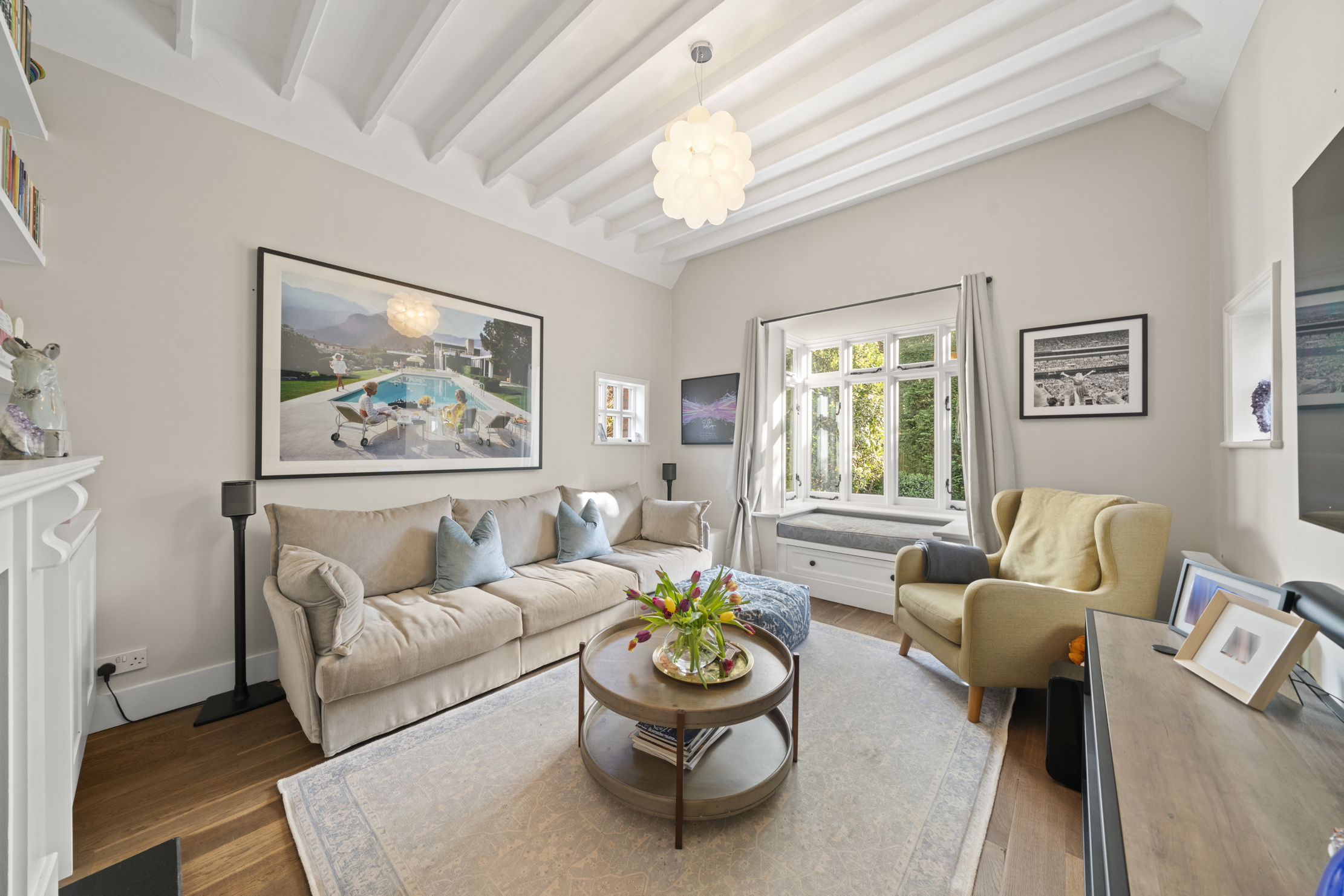Property market in East Anglia
Property in East Anglia is much more in demand than it was pre-property boom says Carla Passino

It was the heady years of the property boom that raised East Anglia’s profile, turning it into an established alternative to the pricey South-East. Today, the region’s appeal remains strong, helping it weather the worst of the credit-crunch storm.
‘East Anglia’s star is still rising,’ says Louis de Soissons from Savills. ‘This is partly because we haven’t had the same spectacular growth of London and the Home Counties in the past, but our growth has been more resilient; and partly because this is a very desirable area to live in if you’re looking for a lifestyle change.’
Buyers in search of easy commuting, a slower pace of life and vast stretches of hauntingly beautiful Constable countryside continue to be the engine behind the East Anglian market. Paddy Pritchard-Gordon of Knight Frank cites a recently marketed Norfolk property, which is attracting viewings from all over the UK, ‘with many people from London and even a Russian—it’s not just the local market’. Demand is especially lively now, having picked up momentum since the beginning of the year. ‘After a relatively slow start, viewings were up by 32% over March 2008, and sales up by more than 40%,’ say Julian Carder and Chris Carey of Bidwells.
Interest is especially strong for family houses in Cambridge and the surrounding villages. ‘These areas are far less seasonal than the traditional country market,’ says Mr Carey, who adds that sale volumes in the area have gone up by 5% over the first quarter of 2008. Prices are lower than last year’s—down by about 16%—but have by no means collapsed. In north Essex, the market took a harder hit, according to Bidwells, with sales down by 40% and prices by 20%. Trends here are very difficult to track because ‘the market is very thin,’ says Mr Carder.
Further north, in Suffolk and Norfolk, ‘the country-house market has seen resurgence in demand and the problem is one of poor supply,’ says James Brooke of Bidwells. According to Mr de Soissons, homes in the £500,000 –£800,000 price bracket are performing best. The top end of the market has been quieter, chiefly because there are very few homes for sale. ‘There hasn’t been the same volume of higher value houses as last year,’ Mr de Soissons says. ‘If there were, we’d have buyers.’
Lack of stock is an issue throughout the region, but some agents hope it will kick-start sales. ‘There’s a shortage of quality property, with new instructions in the first quarter down a third on the corresponding period in 2008,’ say Bidwells. ‘This could lead to the best prices being achieved for those who choose to come to the market over the next couple of months.’ At the moment, says Mr Pritchard-Gordon, a very good period house with cottage, 20 acres and no blighting factors will cost about £2 million in Norfolk, £2.5 million in Suffolk and £3 million in Essex. ‘East Anglia is perhaps not as good value as it once was, but it’s still better value than areas such as Hampshire or Surrey,’ he says.
Equestrian buyers
Sign up for the Country Life Newsletter
Exquisite houses, the beauty of Nature, and how to get the most from your life, straight to your inbox.
Equestrian buyers flock to East Anglia because it combines a great network of quiet country rides with easy motorway access and, of course, the services and facilities of Newmarket. ‘With such large numbers of people being interested in equestrian activities, there will always be a core market for specialist property,’ says Gemma Burtt of Bidwells Equestrian, who reports an increase in enquiries in recent weeks.
Likewise, East Anglia’s market for quality farmland and estates remains lively. ‘There are still some buyers with rollover money, farmers are still interested to add on to existing holdings, and richer buyers and institutions are keen to reallocate cash funds into ‘safer’ land holdings,’ says Ben Taylor of Bidwells in Cambridgeshire. Prices have dropped from last year’s peak figures, but are more robust than in late 2008. ‘The average is £4,000–£5,000 an acre for good land, depending on location,’ says Mr Taylor.
Country Life is unlike any other magazine: the only glossy weekly on the newsstand and the only magazine that has been guest-edited by HRH The King not once, but twice. It is a celebration of modern rural life and all its diverse joys and pleasures — that was first published in Queen Victoria's Diamond Jubilee year. Our eclectic mixture of witty and informative content — from the most up-to-date property news and commentary and a coveted glimpse inside some of the UK's best houses and gardens, to gardening, the arts and interior design, written by experts in their field — still cannot be found in print or online, anywhere else.
-
 ‘It had the air of an ex-rental, and that’s putting it politely’: How an antique dealer transformed a run-down Georgian house in Chatham Dockyards
‘It had the air of an ex-rental, and that’s putting it politely’: How an antique dealer transformed a run-down Georgian house in Chatham DockyardsAn antique dealer with an eye for colour has rescued an 18th-century house from years of neglect with the help of the team at Mylands.
By Arabella Youens Published
-
 A home cinema, tasteful interiors and 65 acres of private parkland hidden in an unassuming lodge in Kent
A home cinema, tasteful interiors and 65 acres of private parkland hidden in an unassuming lodge in KentNorth Lodge near Tonbridge may seem relatively simple, but there is a lot more than what meets the eye.
By James Fisher Published
